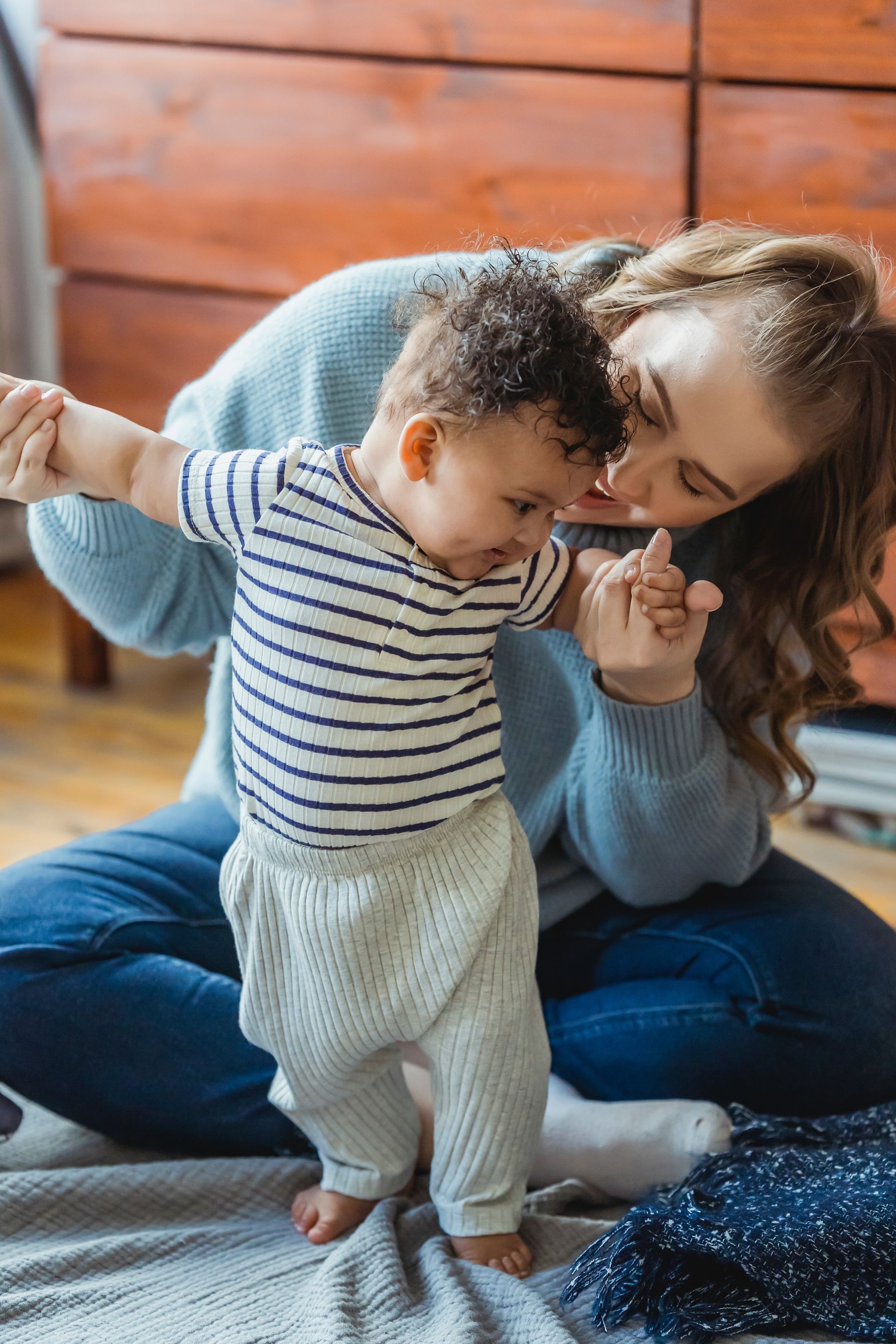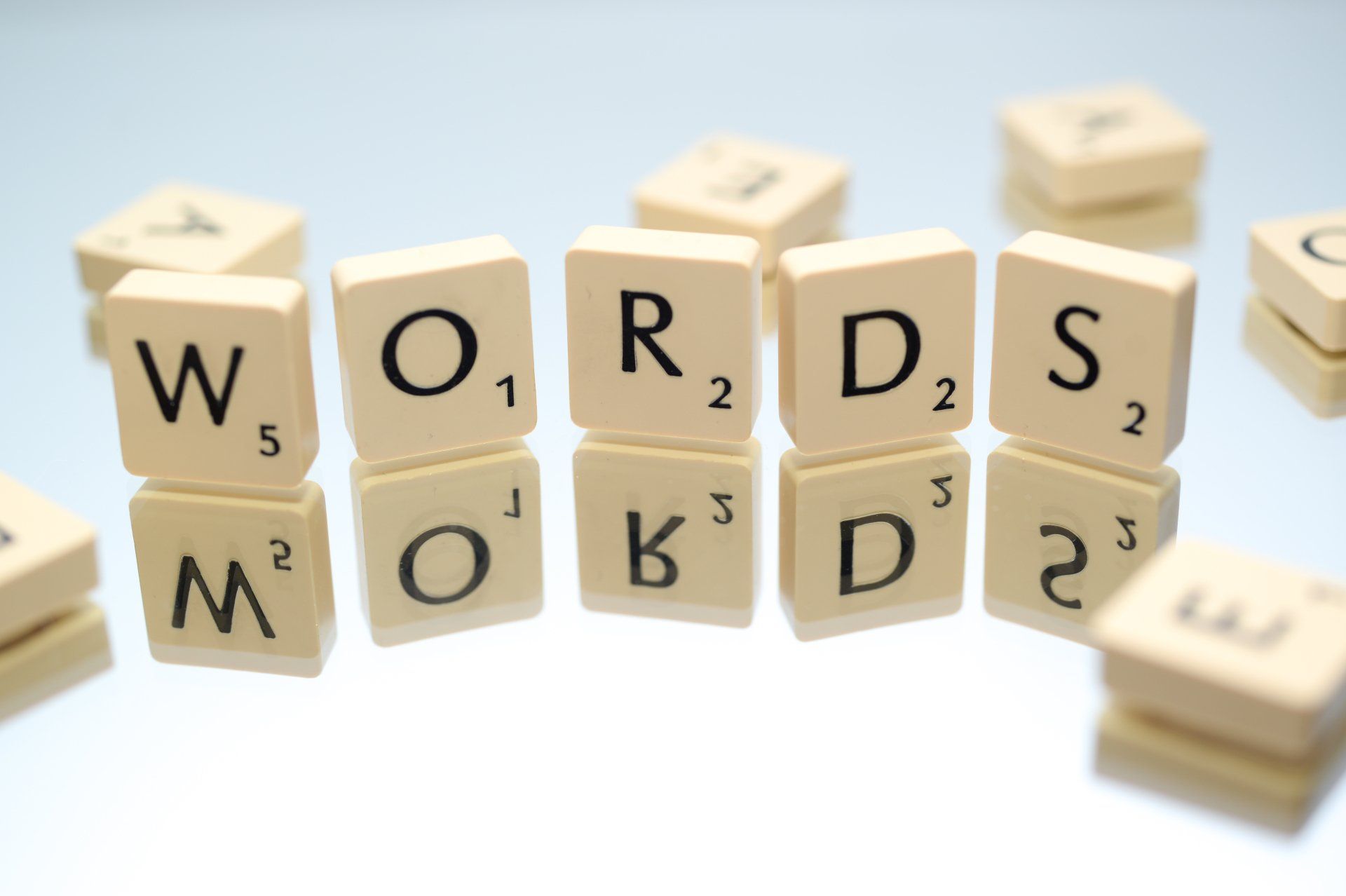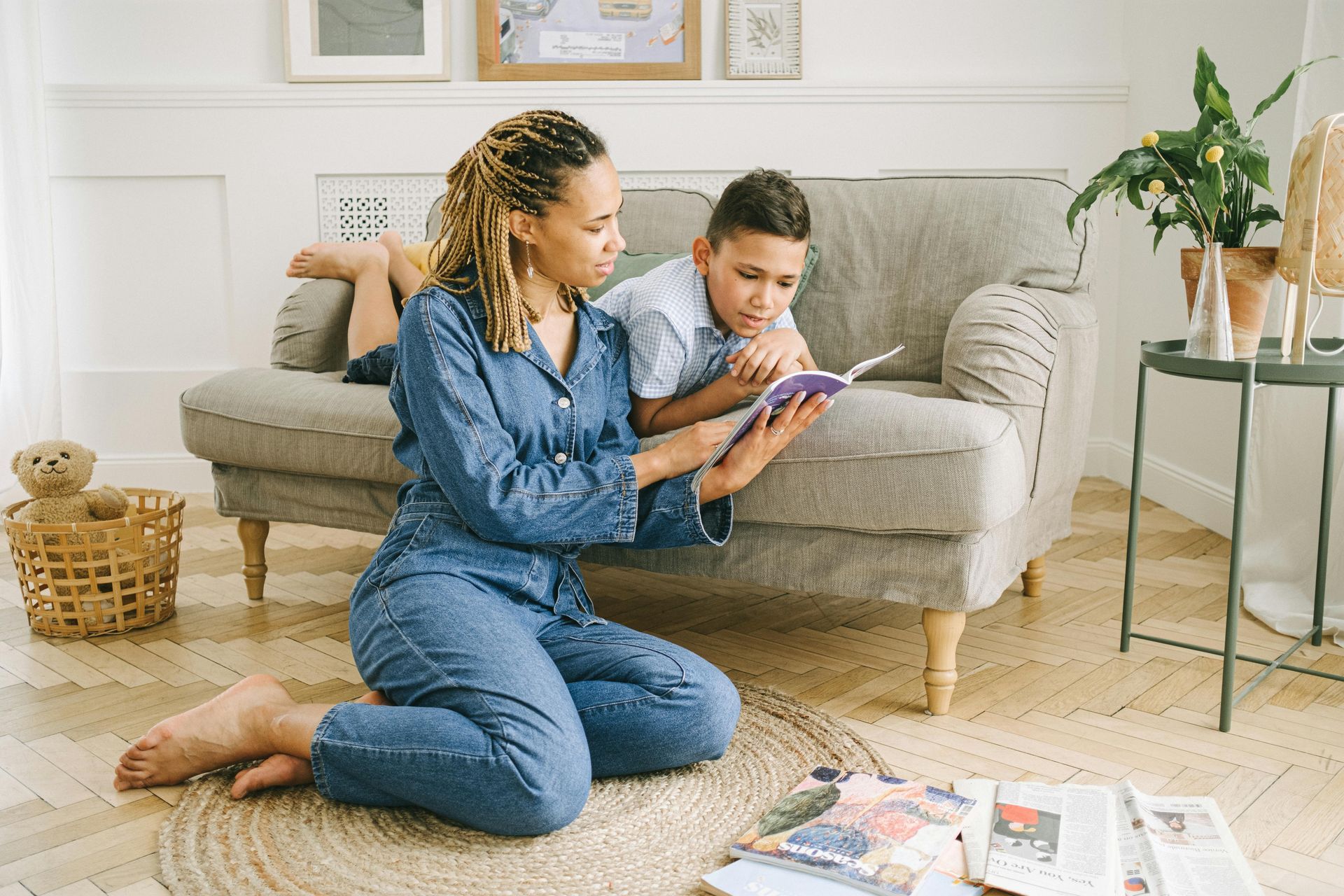My eighth grader, Adam, refused to participate in his piano recital this year because he hadn’t learned his piece well enough. I can confirm that he hadn’t practiced much and was making lots of mistakes. Even so, a few days before the recital, I pleaded with him, “Can you just go up there and play it as best as you can? It’s okay if you make mistakes!”—to which he responded, as I knew he would, “No way. That’s too embarrassing.”
Okay, so I could make this blog post all about my failings as a piano parent, but I won’t do that. I have a feeling that some parts of my story might be relatable. Many kids (and adults too!) find mistakes to be so embarrassing and shameful, they’ll avoid making them at all costs. I can’t say that I would want to perform in the recital under Adam’s circumstances either.
When I watched one-year-old Adam learn how to walk, I saw him fall down hundreds of times. He always got back up and kept trying. He often seemed to enjoy the struggle, laughing each time he would crash down. What’s more, he seemed to delight in my attention as I watched him fall. Gradually, with persistence, Adam stopped falling and started walking. Before long, he was running. Babies haven’t yet learned to feel shame about their mistakes, which makes them the most effective learners we know.
Mistakes are inevitable when learning a new skill. When we start avoiding mistakes due to our own self-judgement or the judgement of others, we stop learning. Unfortunately, this fear of judgement often begins at a young age and continues to grow. Researchers have found that schools in the U.S. tend to perpetuate the idea that we should avoid mistakes, but this is detrimental to students. Many well-meaning educators and parents will spend much more time on students’ successes. Understandably, they don’t want to make kids feel upset by focusing on their errors. However, it is imperative that we attend to both errors and achievements. When kids can analyze errors with curiosity instead of judgement, they deepen their understanding of the skill they’re trying to learn. And after they study their errors, they are less likely to repeat them—thus mastering new skills more efficiently.
How can we encourage kids to look carefully at their mistakes when their instincts are to avoid them or feel ashamed by them? The key is to normalize struggles and mistakes as inevitable parts of the process—parts that can teach us many important things. Tell kids you expect that they will make mistakes, and when they do, their brains are alert and ready to learn. Studies show that our brains benefit from struggling and making mistakes! Make sure your kids know that the feeling of something being a struggle is the feeling of their brains trying to grow. Ideally, you’ll be able to create a family culture in which kids embrace their mistakes as helpful.
Noticing and learning from reading errors is a big component of One Minute Reader. Kids click on words they don’t know during their timed readings to identify which words are not yet automatic for them and to hear those words pronounced. During the Read Along and Read Alone steps, they can also click on unknown vocabulary words to learn their definitions. In order to move on from a story and solve the joke jumble at the end of each book, kids need to score 100% on the comprehension questions. When they miss a question, they can review the story again and try to locate the correct answer. Each of these moments provides an important opportunity for kids to learn, in a supportive environment, how to improve.
Helping kids embrace their mistakes is one of the most important things you can do as a parent. In addition, it’s also helpful if you make a few mistakes yourself! When you do, point them out. Model curiosity instead of judgement. If you start to see your own mistakes as learning moments instead of embarrassments, your kids will have an easier time following suit.



